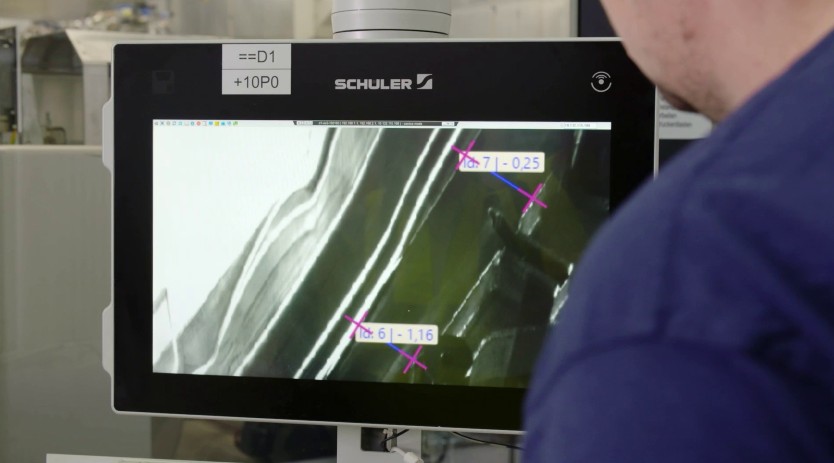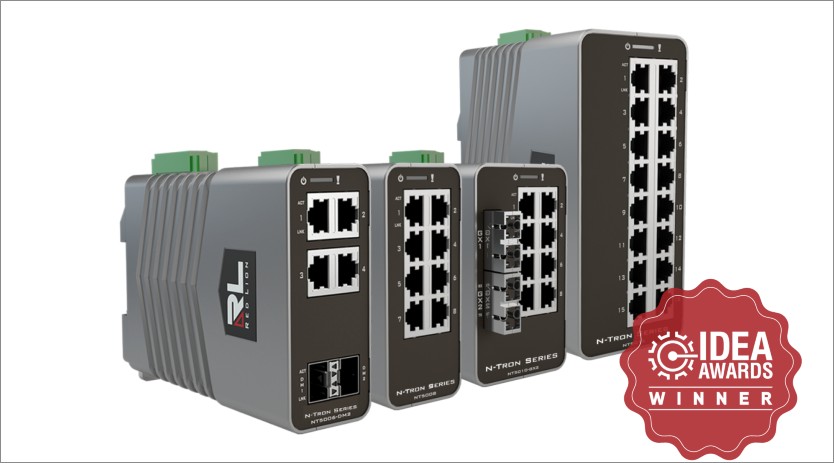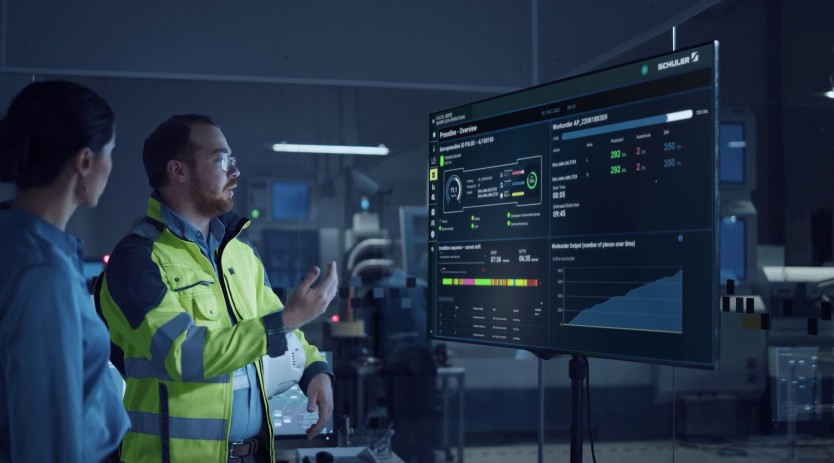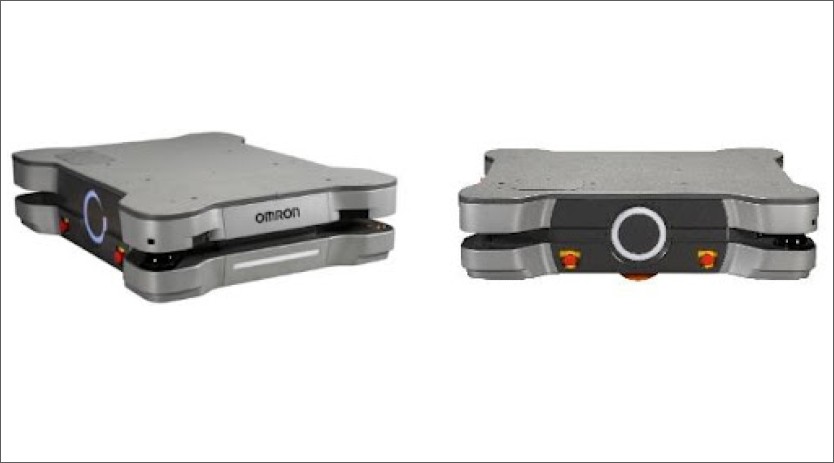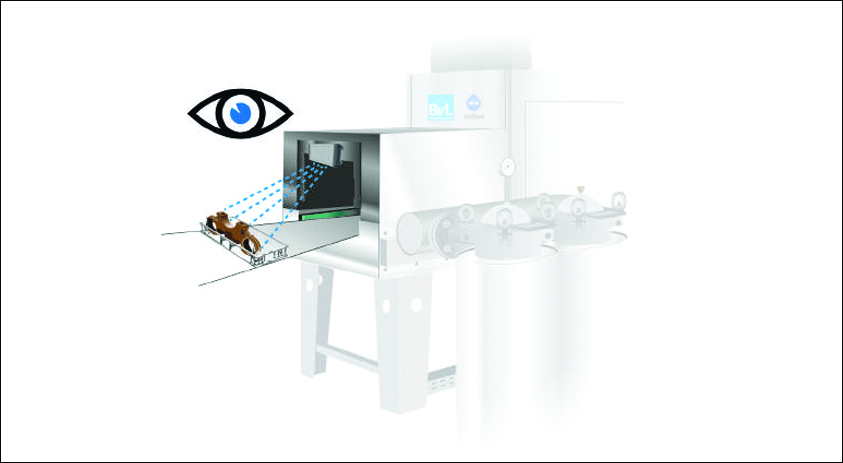How to reduce water footprint in industry
July 11, 2016 6:03 pm
An overview about water footprint in industry
The water footprint of a product is the amount of water that is consumed and polluted in all processing stages of its production. A product water footprint tells how much pressure that product has put on freshwater resources. It can be measured in cubic metres of water per tonne of production, or litres per kilogram, gallons per pound. In every sector of industry, recycle and reuse is the need of the hour.
By measuring the volume and source of water consumed in the production of a product and the volume of water needed to assimilate pollutants so that water quality standards are met, one can get a picture of how a specific product contributes to the growing concerns of water scarcity and degraded water quality. It also allows us to compare different products for their relative contribution to these critical water issues.
The water footprint of a product is an empirical indicator of how much water is consumed, when and where, measured over the whole supply chain of the product. The water footprint is a multidimensional indicator, showing volumes but also making explicit the type of water use (evaporation of rainwater, surface water or groundwater, or pollution of water) and the location and timing of water use.
Vyom Sharma, Sr. Manager Technical Services, QUA Water Technologies Pvt Ltd says, “Industry being the largest consumer of water, and in a drought like situation where agriculture assumes utmost importance, industrial sector needs to minimise its water intake. This obviously has to come from recycling the waste water for reuse. This would open up large opportunities for the waste water recycle and reuse market.”
Freshwater is a scarce resource; its annual availability is limited and demand is growing. The water footprint of humanity has exceeded sustainable levels at several places and is unequally distributed among people.
There are many spots in the world where serious water depletion or pollution takes place: rivers running dry, dropping lake and groundwater levels and endangered species because of contaminated water. The water footprint helps to show the link that exists between our daily consumption of goods and the problems of water depletion and pollution that exist elsewhere, in the regions where our goods are produced. Nearly every product has a smaller or larger water footprint, which is of interest for both consumers that buy those products and businesses that produce, process, trade or sell those products in some stage of their supply chain.
Water footprint benchmarks can be set by looking at the water footprint resulting from the use of best practices or best available technologies or by selecting the water footprint achieved by best performers in a particular sector. Water footprint benchmarks can be used to set targets for water footprint reductions in an individual process, e.g., the hot-rolling of steel, for a product, a sector or a company.
Water footprint benchmarks can provide useful information to governments and can help achieve sustainable development goals. By focusing investments, whether in training, infrastructure or better management practices, on the poor performers, the overall water footprint of production can be reduced, thereby alleviating the pressure put on freshwater resources and making the water more productive.
A water footprint can also be used to measure the role of a product in the economy. By relating the green, blue and grey water footprint to economic measures such as profits per unit of product, jobs or the proportion of the GDP created, the water footprint can show us the full range of economic benefits coming from the products produced in an area. This information can contribute valuable insights on how one can meet different societal goals through allocation of water resources across different water uses and users.
“Another important segment which holds a huge opportunity is the recycle of municipal sewage. The volume of untreated sewage being discharged in water bodies, if recycled and supplied to industry will have a double impact. First, it would drive industrial growth by ensuring adequate supply of water, a key resource. Second, it would ease out the pressure on current water resources and reduce dependence on monsoons. Of course this needs a stronger push and a policy from the government,” says Sharma.
Businesses can reduce their operational water footprint by saving water in their own operations and bringing water pollution to zero. Keywords are: reduce, recycle and treat before disposal. For most businesses, however, the supply-chain water footprint is much larger than the operation footprint. It is therefore crucial that businesses address that as well. Achieving improvements in the supply chain may be more difficult – because not under direct control – but they may be more effective. Businesses can reduce their supply-chain water footprint by making supply agreements with certain standards with their suppliers or by simply changing to another supplier. In many cases it probably means quite something, because the whole business model may need to be transformed in order to incorporate or better control supply chains and to make supply chains fully transparent to consumers. Among the various alternative or supplementary tools that can help improving transparency are: setting quantitative water-footprint reduction targets, benchmarking, product labelling, certification and water footprint reporting.
Technologies:Maintenance and operations of MBR have always been the pain points of the users. Sharma adds, “QUA has introduced its latest innovation, EnviQ Ultrafiltration membrane for bioreactor application. EnviQ’sunique features has made the membrane bioreactor system easy to design, install, operate and maintain.”
EnviQ is a MBR membrane which combines the ruggedness of flat sheet PVDF along with ultrafiltration pore size of 0.04 microns. This means longevity of the membrane life even in tougher conditions, and still a superior and consistent water quality.
MBR based wastewater treatment system is designed at a much higher mixed liquor suspended solids (MLSS) concentration compared to conventional processes, giving advantages of lower hydraulic retention time (HRT) and higher sludge retention time (SRT). This results in significant advantages by achieving, substantial space saving, superior and consistent treated effluent quality, ease in operation and maintenance, low sludge yield and savings in operation costs.
“The focus on recycle and reuse of water is increasing and hence technologies like MBR are gaining momentum. The green technologies like Electrodeionisation, which are very common in power industry abroad, have also started gaining attention in India,” concludes Sharma.
——————————————————————————————————-Industry being the largest consumer of water, and in a drought like situation where agriculture assumes utmost importance, industrial sector needs to minimise its water intake.
-Vyom Sharma, Sr. Manager Technical Services, QUA Water Technologies Pvt Ltd
Cookie Consent
We use cookies to personalize your experience. By continuing to visit this website you agree to our Terms & Conditions, Privacy Policy and Cookie Policy.





